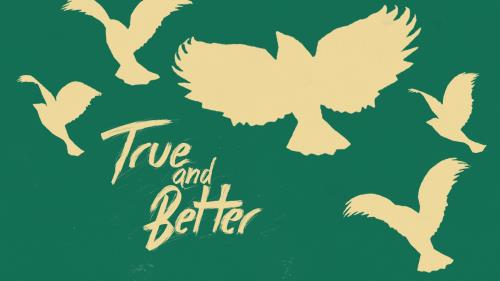-
The Story Of Esther - A Heroine In Personal Crisis Series
Contributed by Joey Nelson on Nov 28, 2017 (message contributor)
Summary: The book of Esther is the biblical answer to Walt Disney’s story of Cinderella. An orphan girl from an enslaved nation ends up marrying the king. It’s short story at its finest.
INTRODUCTION
Opening Statement: One of Megan’s favorite stories is Cinderella. She was the abused, ophaned house slave with no hope of a future or ever attending the royal ball much less luring the handsome prince into marrying her. Her fairy god-mother magically helps her to not only attend the royal ball, but she steals the heart of the prince. The clock strikes 12, she runs out of his arms and drops a glass slipper in the process. After a frantic search, the prince finally found that Cinderella’s foot fits the glass slipper she left behind and knows that she was the one that he encountered that night. They marry, live happily ever after, end of story.
Transition: The book of Esther is the biblical answer to Walt Disney’s story of Cinderella. An orphan girl from an enslaved nation ends up marrying the king. It’s short story at its finest.
Title: The Story of Esther - A Heroine in Personal Crisis
Notation: The storytellers of the Bible select details by two criteria when writing about people: they give us positive models to follow and negative examples to avoid. The Esther story is so interesting because it includes both. Esther is first portrayed as a young person in a foreign land who is caught in an identity crisis without the guidance of a mother or a father. And then, she is portrayed as a heroine figure who is transformed through a national ordeal.
OUTLINE
I. Setting the Stage
A. Background Information: Esther’s family was deported by the Babylonians in 597 BC. King Cyrus, and the Persians conquered Babylon in 539 BC. Their philosophy was not to deport and assimilate. So, beginning with King Cyrus in 539 BC and continuing with King Darius and King Artaxerxes through the year 456 BC, they permitted the Jewish captives to return to their homeland.
B. Historical Contextualization: The OT books of Ezra and Nehemiah give us some interesting details as to how they were able to return and rebuild the city of Jerusalem, complete with a new wall and a new temple. The story of Esther covers about a 10 year period and takes place between the 6th and 7th chapters of the book of Ezra, between the first return led by Zerubbabel and second return led by Ezra. Evidently, Esther was adopted by her cousin Mordecai and for some reason they had not returned to their beloved Israel 85 years later after the first returns began. Esther was born while in exile and knew nothing of her homeland and ethnic origins by personal experience. She was no doubt informed of her religious identity by Mordecai from a very early age as the story reveals. For some of the Jewish captives, their nation was lost in oblivion and captivity for 70 years (Jer. 25:11). But for Esther and many other Jewish people, many of them never made it back to the land that was promised to them by God. The dramatic story recorded in Esther takes place in 465 BC in the Persian capital city of Susa. With this in mind, allow me to summarize this story by focusing on the main character- Esther.
II. Looking at the Heroines Story
A. The Setting
Depressed over a recent military defeat, the King of Persia requested that Queen Vashti come in and perform some kind of lewd dance to indulge his pride of sexual possession. She refused, and as a result, she was banned from the King’s presence and lost her royal crown. The king’s attendants suggested that a search be made for beautiful young virgins worthy of the kings harem with potential to become the new queen. One historian notes that there were 400 girls total. They would be soaked in oils and perfumes and groomed for a whole year in preparation for one night with the King. Then one by one, night after night, they would go try to leave a lasting impression on the king. Those who were rejected as a potential queen lived the rest of their lives like widows. For the King, this whole process undoubtedly became a bit laborious as night after night, he spent it with a different woman, eager to leave an impression. Enter Esther.
B. The Identity Crisis
When the physically attractive Esther enters the story in chapter 2 after being chosen to be a part of the king’s harem, she is somewhat of a passive young woman in an identity crisis, taking her cues from step-father cousin Mordecai. She went by two names (Esther 2:7) and she concealed her true identity (2:10, 20). Unlike Daniel, she evidently ate non-kosher foods (2:9) which violated Jewish dietary laws. She did not appear to feel out of place in a harem and when it came her turn to spend the night with the king, we have no record that she resisted (2:15). In fact, she was chosen as the best of all the virgin lovers and ended up becoming the Queen. This was clearly something which violated her Jewish faith. At this point in the story Esther is a beauty queen taking the path of least resistance in a pagan culture. What happened next transformed her.

 Sermon Central
Sermon Central



